This blog talks about “What Do Mosquito Larvae Look Like?” and gives important information about them.
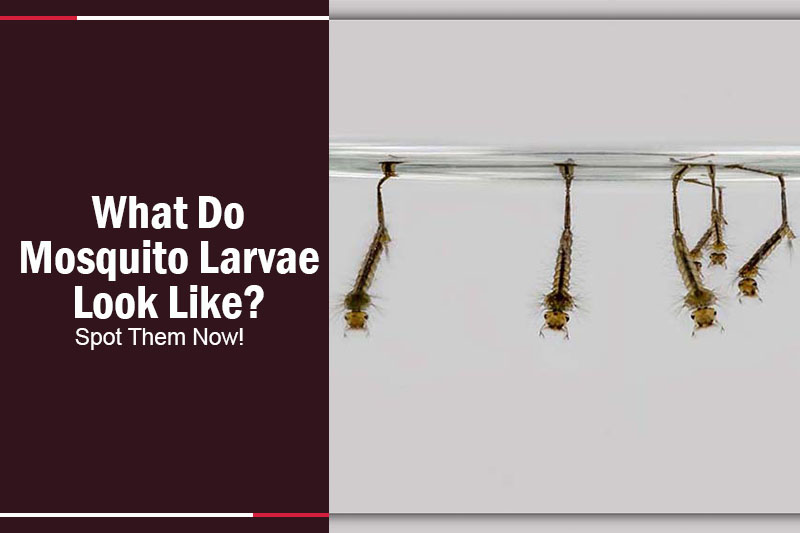
1. What Do Mosquito Larvae Look Like?
Mosquito larvae are the baby stage of mosquitoes, born from eggs laid by female mosquitoes.
You can find them in still water, like ponds or buckets of rainwater, or in places where water has been standing for some time.
Here’s how to spot mosquito larvae:
- They have a big head and chest area, which makes their top half look bigger.
- Their bodies are long and thin, similar to worms.
- They stay just under the water’s surface, breathing through small tubes near their tails.
- If you disturb the water or they feel threatened, they’ll quickly jerk around and swim down deeper.
- After the larva stage, they turn into ‘tumblers’, which are curved in shape and move by flipping over repeatedly in the water.
Read more Can You Get HIV from a Mosquito Bite? Discover the Facts!
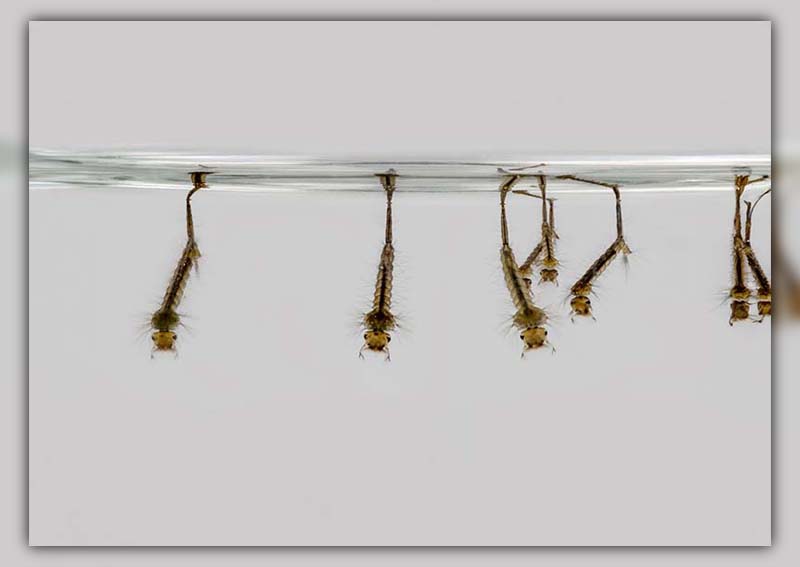
2. Why Do Mosquitoes Breed in Standing Water?
Mosquitoes choose to breed in still water because it usually doesn’t have fish or other predators that might eat their eggs. In nature, they like to lay eggs in the shallow parts of marshes and ponds.
Larvae live underwater and eat algae and small water creatures. They don’t breathe with gills but use a tube similar to a snorkel, called a siphon, for breathing.
After about a week to ten days, larvae change into the pupa stage, which resemble tiny tadpoles. They’re slightly bigger, shaped differently, and they stop eating for a while.
During this stage, they mostly just float under the water’s surface, preparing to turn into adult mosquitoes in another day or two.
Read more How long does a Mosquito live? Secrets of Their Survival!
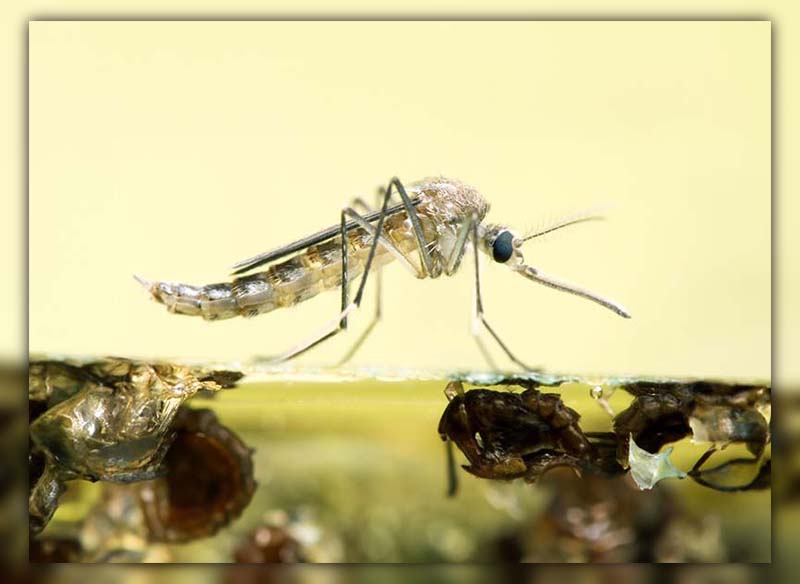
3. Popular Breeding Ground for Mosquitoes
Mosquitoes only need a small amount of water to breed – even just one ounce of still water can turn into a breeding ground. Watch out for these typical mosquito breeding spots:
- Plant pots.
- Bird baths.
- Rainwater collection containers.
- Water bowls for pets or livestock.
- Old tires.
- Clogged rain gutters.
- Tarps covering pools.
- Small puddles or areas where runoff water gathers.
- Under air conditioning units.
- Trash bins or cluttered areas.
- Hollow tree parts or fallen logs.
- Children’s toys and outdoor play structures.
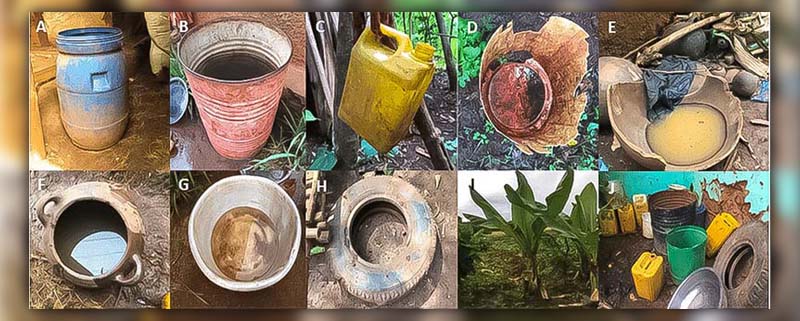
4. How to Kill Mosquito Larvae in Water by Chemical Control Methods
Chemical ways to deal with mosquito larvae include larvicides. Larvicides are special chemicals that kill mosquito larvae before they grow into flying, biting adults.
Larvicidal agents
- Bacillus thuringiensis israelensis (Bti): This is a bacteria found in soil. It kills mosquito larvae by producing toxins that damage their digestive systems. Bti is popular because it’s effective and considered safe and “natural.”
- Bacillus sphaericus: This bacterium is turned into a powder or granules, mixed with water, and then sprayed. It kills pests by affecting their nervous systems.
- Spinosad: This larvicide comes from another soil bacterium and is poisonous to many insects, including mosquitoes.
Growth Regulators
Growth regulators like Methoprene and Pyriproxyfen work by disrupting the hormonal balance in mosquitoes, preventing them from maturing into adults.
These substances are particularly useful against insect populations that have developed resistance to other pesticides.
You can find them in different forms for use in homes and gardens.
Using mineral oils and films
When used by professionals, mineral oils can be effective against mosquitoes. They are applied to create a thin layer over the surface of standing water.
This layer blocks mosquito larvae and pupae from accessing air, as they need to come to the surface to breathe.
This method is also efficient in targeting the pupae stage, which is often difficult to address with other treatments.
Read more How Long Does Mosquito Fogging Last? Unveiling the Truth!
5. How to Kill Mosquito Larvae in Water by Natural Control Methods
For natural mosquito control without chemicals, here are some effective methods to reduce larvae numbers:
- Mosquitofish: Adding these small fish to your pond or water feature can be very beneficial. They feed on mosquito larvae and naturally help control mosquito populations.
- Mosquito Dunks: These are doughnut-shaped products that you place in water. They gradually dissolve and release Bacillus thuringiensis israelensis (Bti), a bacteria that’s safe for most other creatures but lethal to mosquito larvae. There’s also a granular version known as “mosquito bits” for faster distribution.
- Natural Repellents: To deter adult mosquitoes, you can use natural oils such as citronella, peppermint, or cinnamon. These oils can prevent mosquitoes from staying around and laying eggs, thereby reducing the chance of larvae. Apply these oils in areas like patios or gardens to help keep your outdoor spaces comfortable and free from mosquitoes.
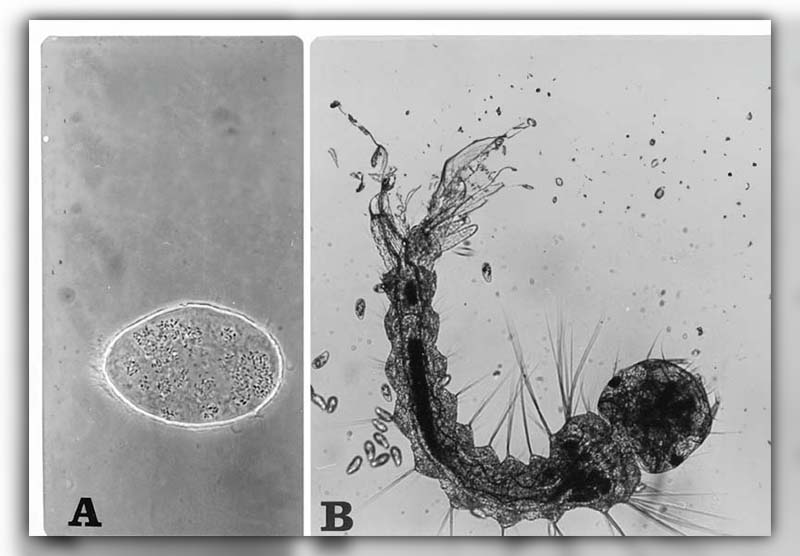
Conclusion
In our exploration of “What do mosquito larvae look like” we’ve explored the secretive world of these small wrigglers.
For more helpful advice and strategies on dealing with troublesome pests, be sure to check out our other blogs at Pestweek.

Calina Mabel has over 15 years of experience in the field of journalism and communications. Currently, Calina Mabel is the Content Writer for categories such as Cockroach, Ants, Bed Bugs, Mosquito, Rodent, Termite, and Flies on Pestweek.com. She aims to build content for these categories with a focus on providing valuable and accessible information to readers, in order to create the world’s largest knowledge community about Pests.
All content written by Calina Mabel has been reviewed by Emily Carter.

